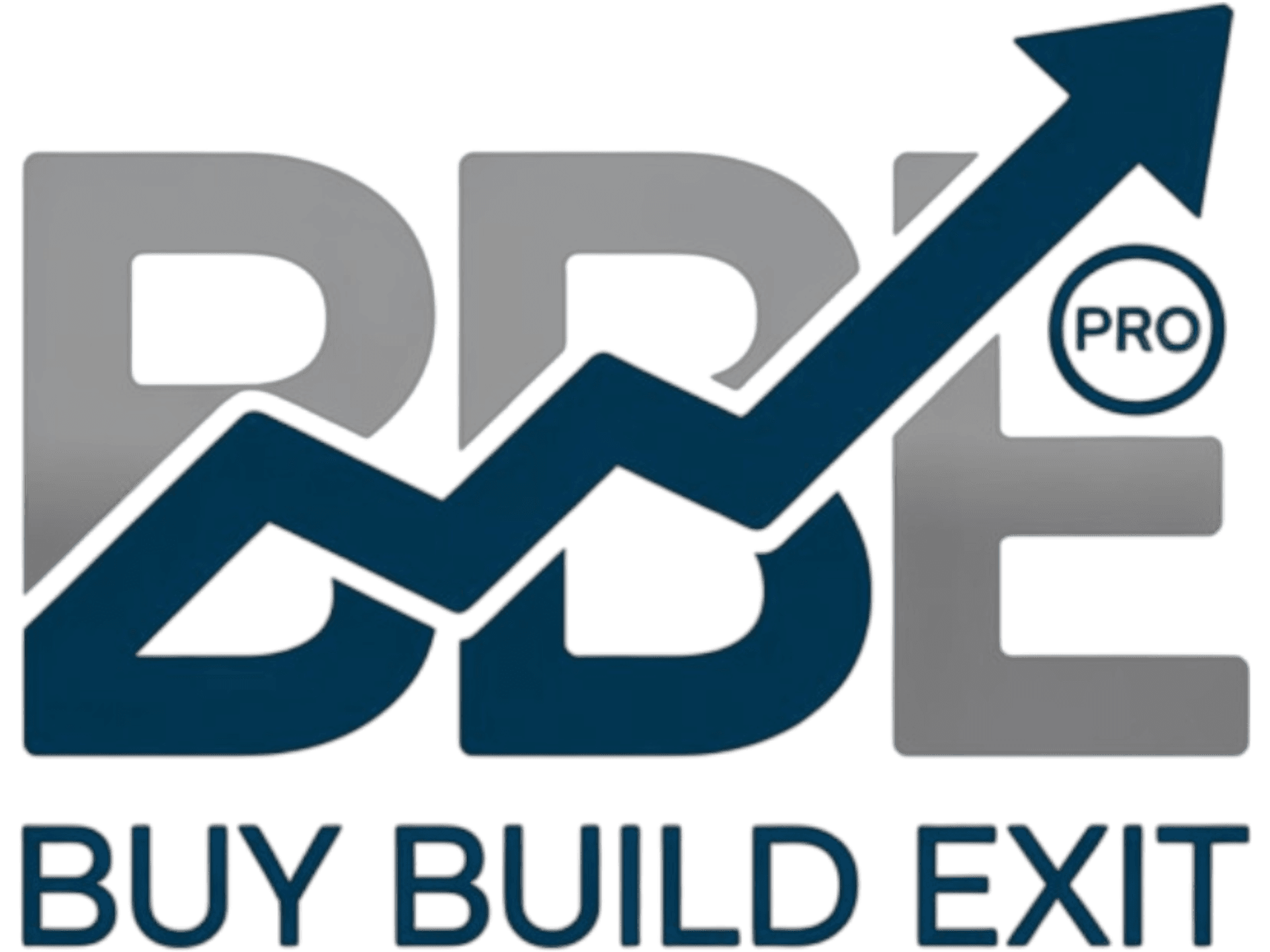Corporate Restructuring Advice for Dutch Entrepreneurs: Key Strategies for Success
AP
Understanding Corporate Restructuring
For Dutch entrepreneurs, corporate restructuring is a critical move that can drive growth and efficiency. It involves reshaping the organizational structure to better align with current business goals and market demands. Understanding the basics of restructuring is essential before diving into the process.
Corporate restructuring can occur due to various reasons such as financial distress, mergers and acquisitions, or strategic pivots. Regardless of the motive, it demands a comprehensive strategy to ensure a seamless transition that supports both short and long-term objectives.

Assessing the Need for Restructuring
Before initiating a restructuring process, it's vital for entrepreneurs to assess whether it is necessary. Key indicators include declining profitability, inefficiencies in operations, or shifts in the market landscape. Conducting a detailed analysis of financial statements and operational metrics can provide insights into potential areas of improvement.
Additionally, seeking input from stakeholders such as employees, customers, and partners can uncover hidden challenges and opportunities. Their perspectives are invaluable in shaping a restructuring plan that is both comprehensive and inclusive.
Conducting a SWOT Analysis
A SWOT analysis (Strengths, Weaknesses, Opportunities, Threats) is an effective tool in understanding internal and external factors affecting the business. This analysis helps identify areas that require restructuring and highlights opportunities for growth. It ensures that the restructuring efforts are targeted and strategic.

Developing a Restructuring Strategy
Once the need for restructuring is established, developing a clear strategy is the next step. This involves setting specific goals, such as improving operational efficiency or reducing costs, and determining the scope of restructuring needed. Entrepreneurs should prioritize areas with the highest impact potential.
It’s also crucial to create a timeline for implementation. A phased approach may be beneficial, allowing businesses to adapt gradually to changes while minimizing disruptions. Key performance indicators (KPIs) should be established to measure progress and success throughout the restructuring process.
Engaging Expert Advisors
Restructuring can be complex, and engaging expert advisors can provide valuable support and insights. Legal experts, financial consultants, and industry specialists can offer guidance on compliance, financial planning, and industry best practices. Their expertise ensures that the restructuring process adheres to legal requirements and is aligned with industry standards.

Communicating Changes Effectively
Effective communication is pivotal during restructuring. Entrepreneurs should ensure transparent communication with all stakeholders to maintain trust and morale. This includes clearly explaining the reasons for restructuring, expected outcomes, and how it will benefit the business and its stakeholders.
Regular updates through meetings or newsletters can keep everyone informed about progress and address any concerns or questions promptly. Engaging employees in the process fosters a sense of involvement and can ease the transition.
Monitoring and Adjusting
Post-restructuring, monitoring is critical to ensure that the implemented changes are yielding the desired outcomes. Regularly reviewing KPIs and gathering feedback helps in assessing the effectiveness of the restructuring efforts. If certain aspects are not performing as expected, adjustments should be made to align with strategic goals.
Continuous improvement should be embraced as part of an ongoing strategy. This proactive approach allows businesses to remain agile and responsive to market changes, ensuring long-term success.

